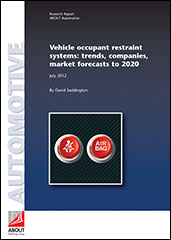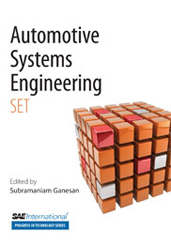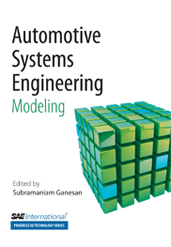Book

Green Technologies and the Mobility Industry
2010-11-16
This book features 20 SAE technical papers, originally published in 2009 and 2010, which showcase how the mobility industry is developing greener products and staying responsive - if not ahead of - new standards and legal requirements. These papers were selected by SAE International's 2010 President Dr. Andrew Brown Jr., Executive Director and Chief Technologist for Delphi Corporation. Authored by international experts from both industry and academia, they cover a wide range of cutting-edge subjects including powertrain electrification, alternative fuels, new emissions standards and remediation strategies, nanotechnology, sustainability, in-vehicle networking, and how various countries are also stepping up to the "green challenge".



















